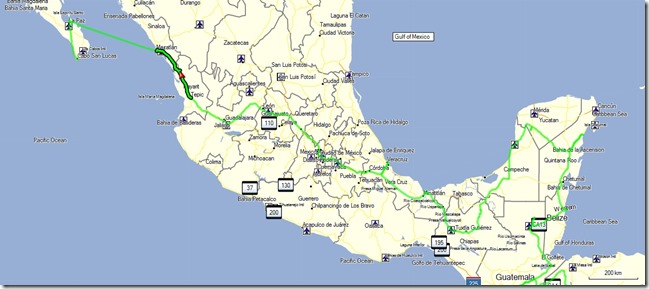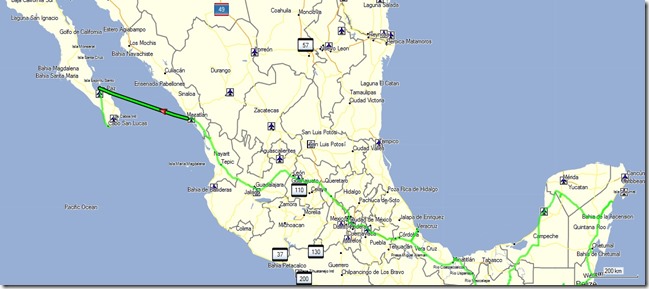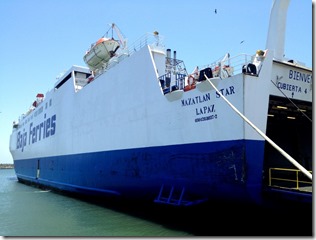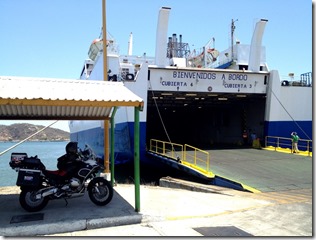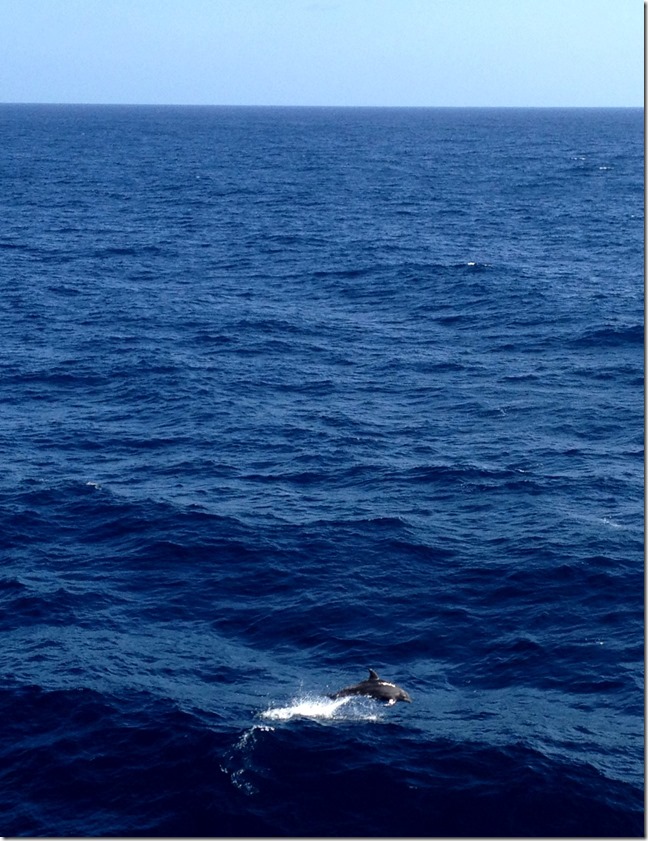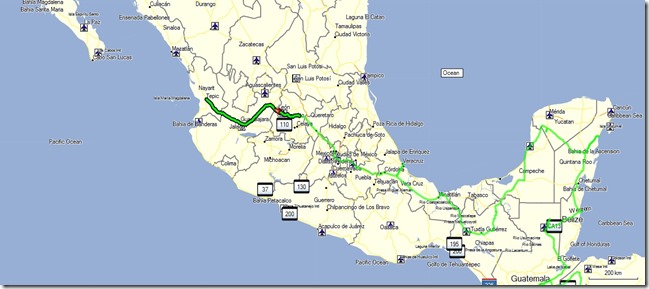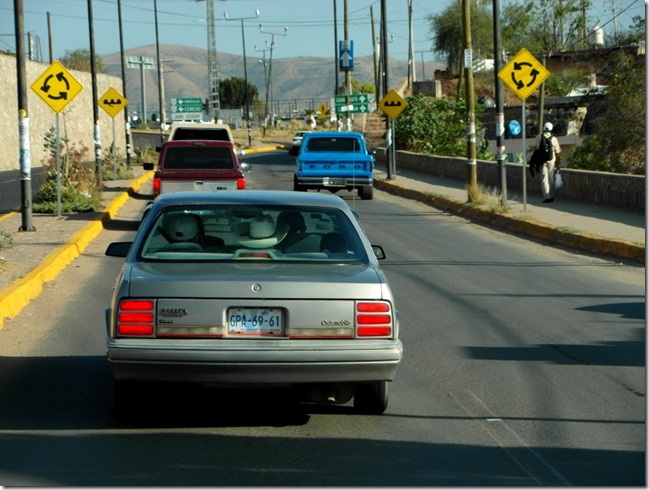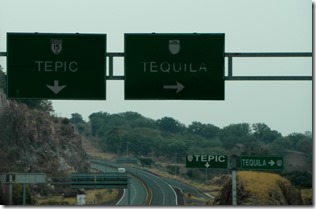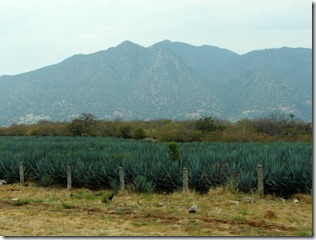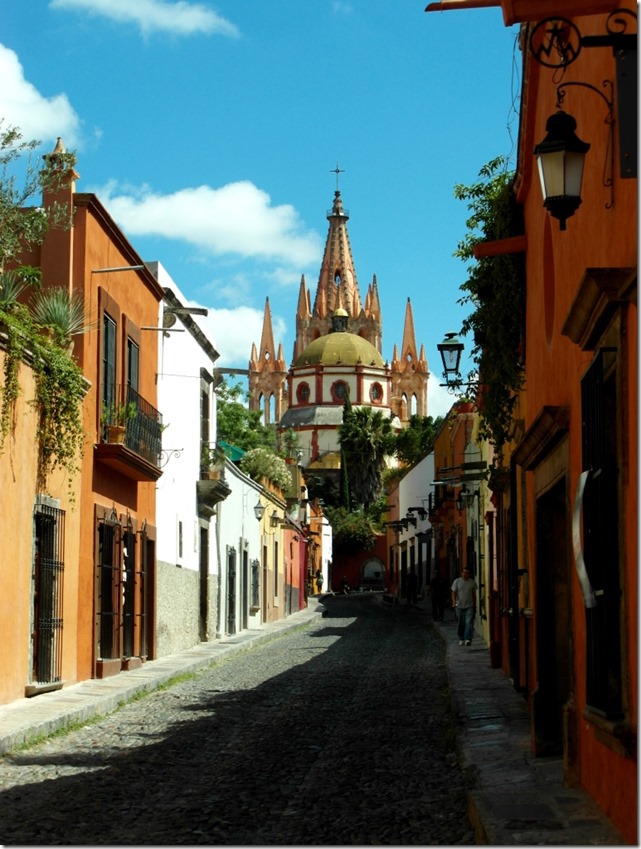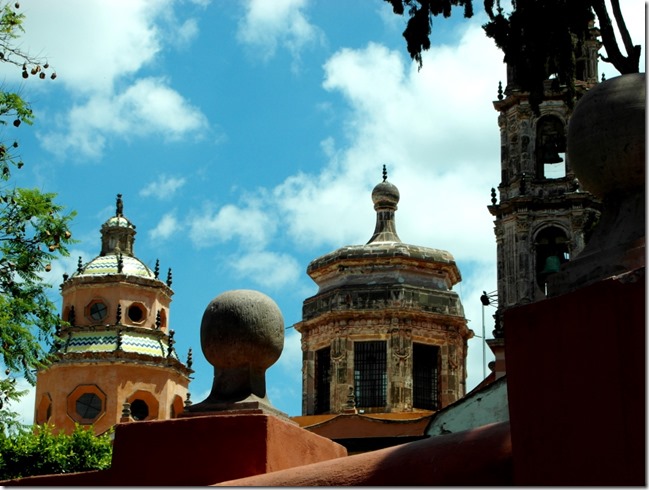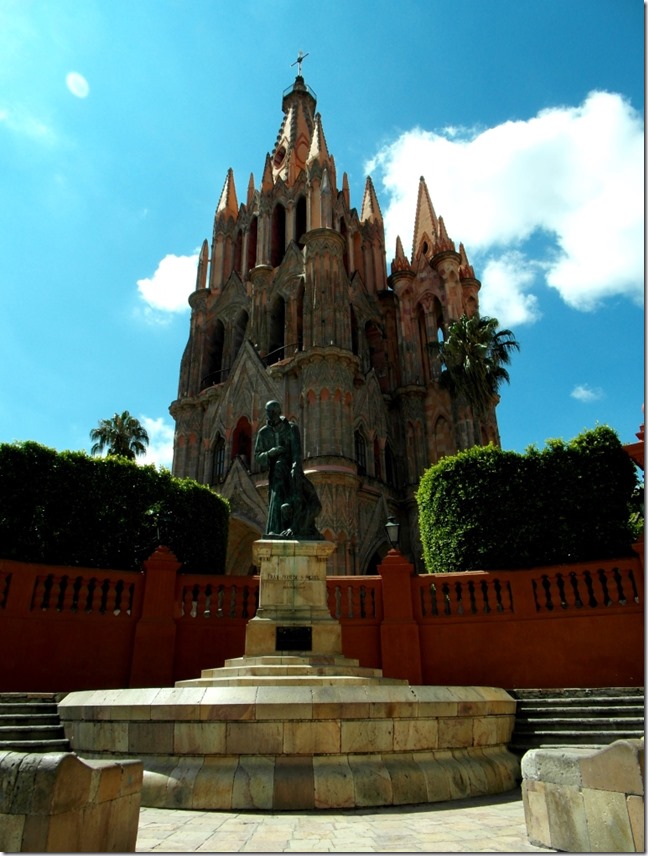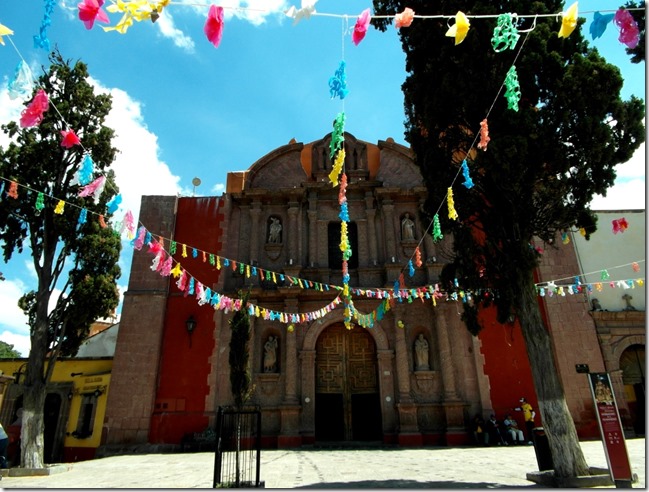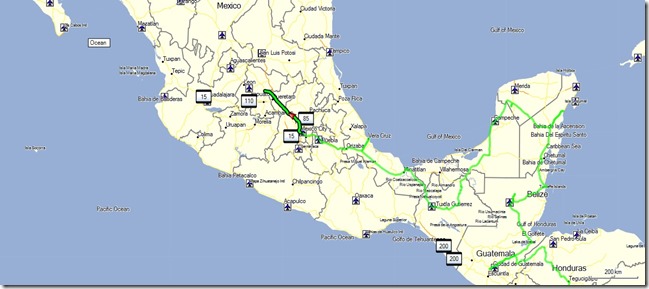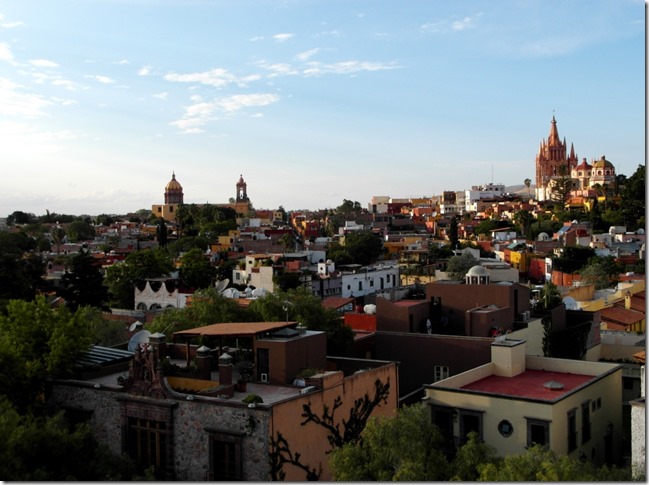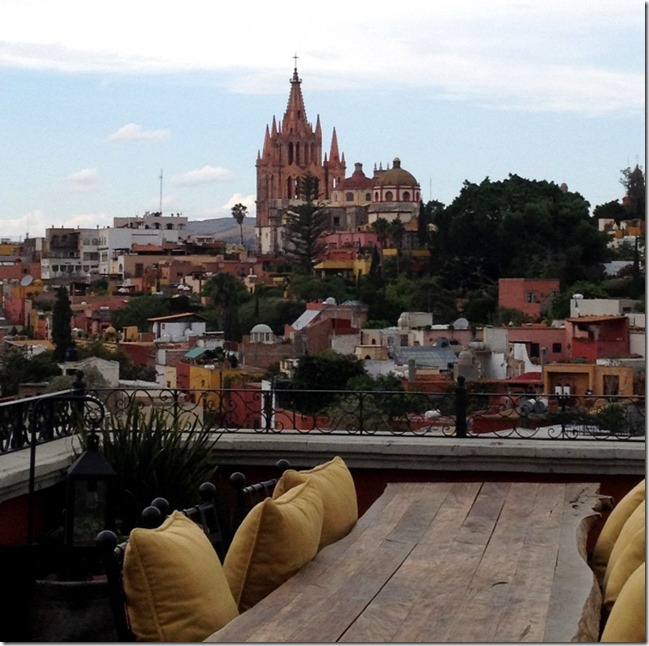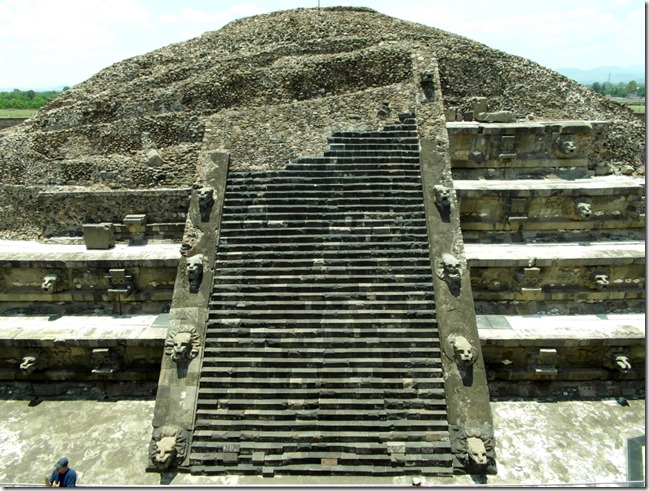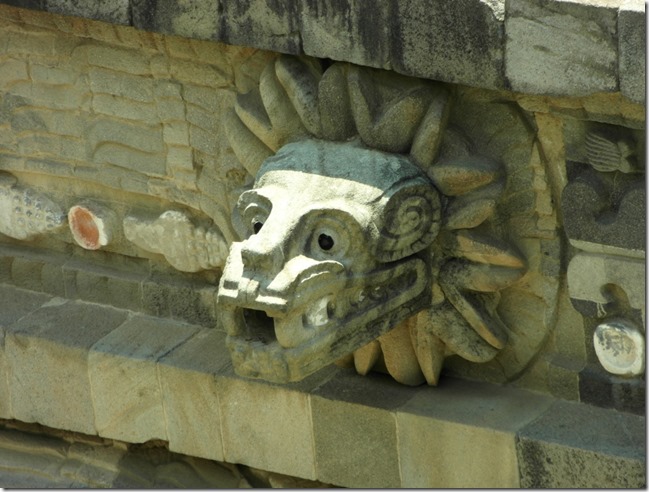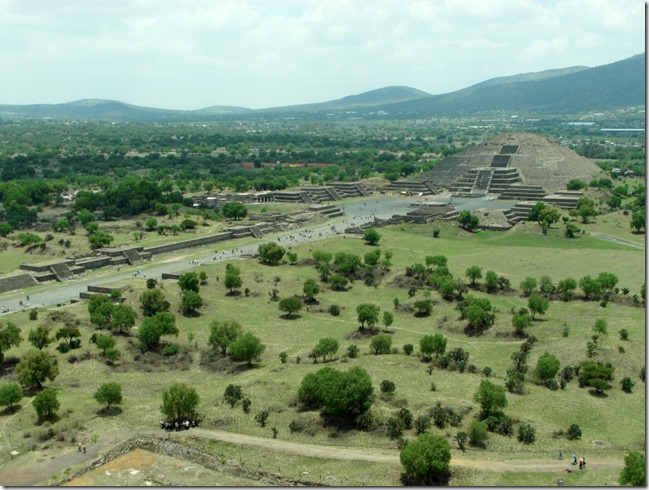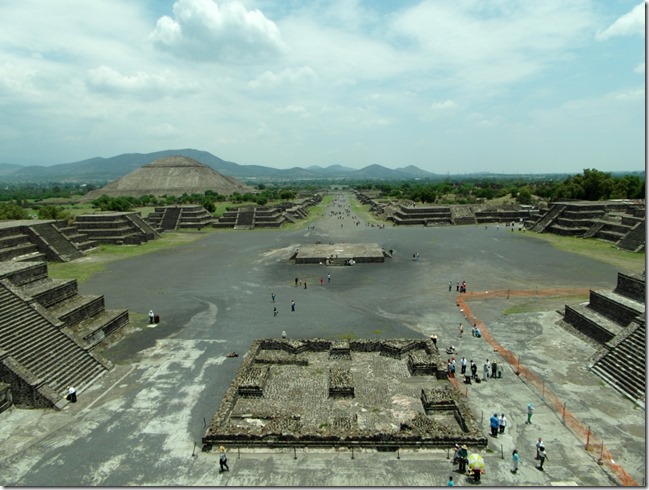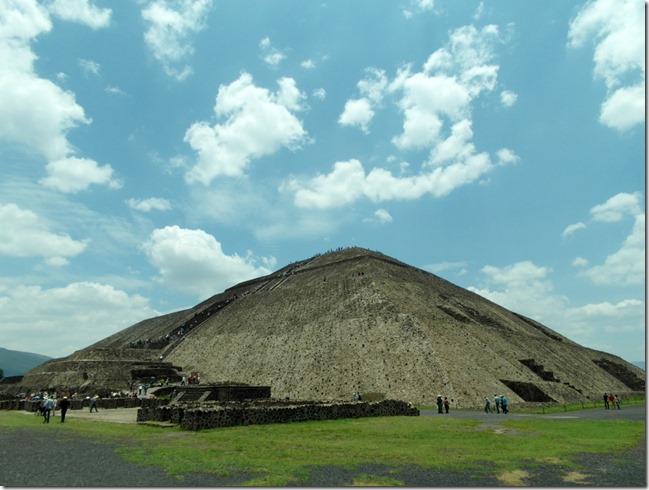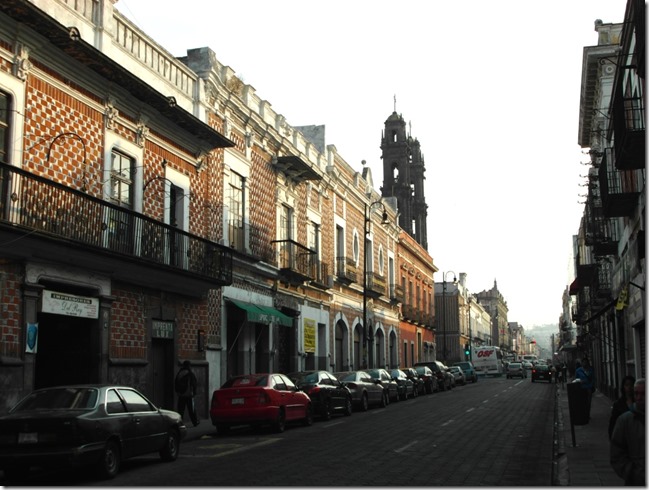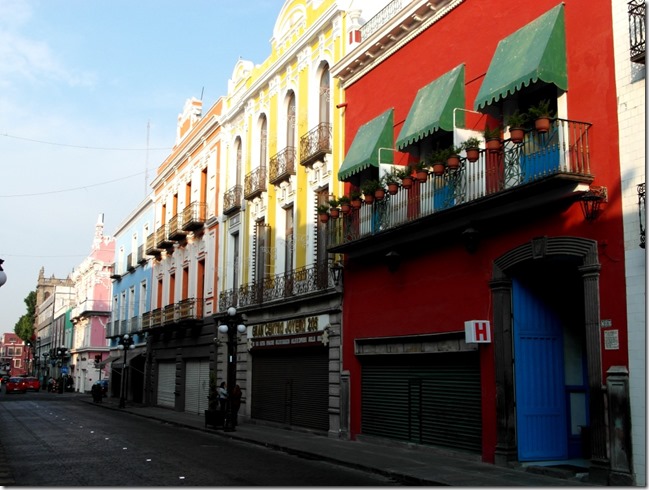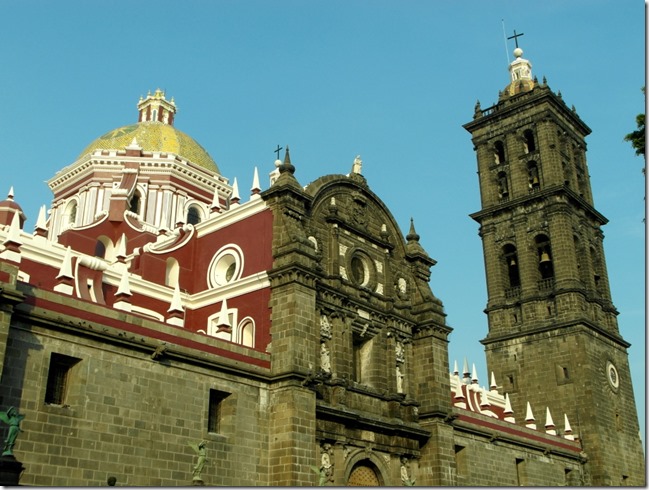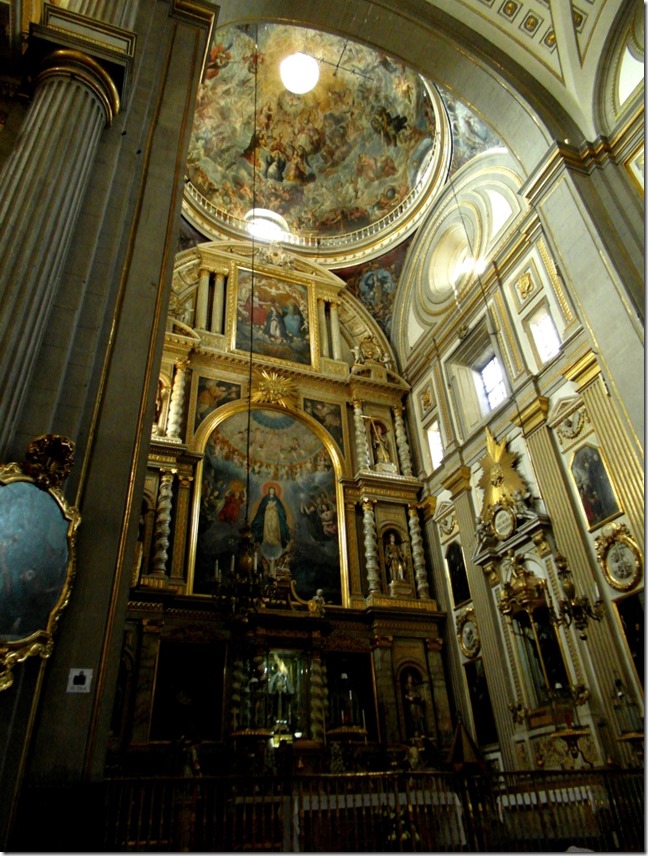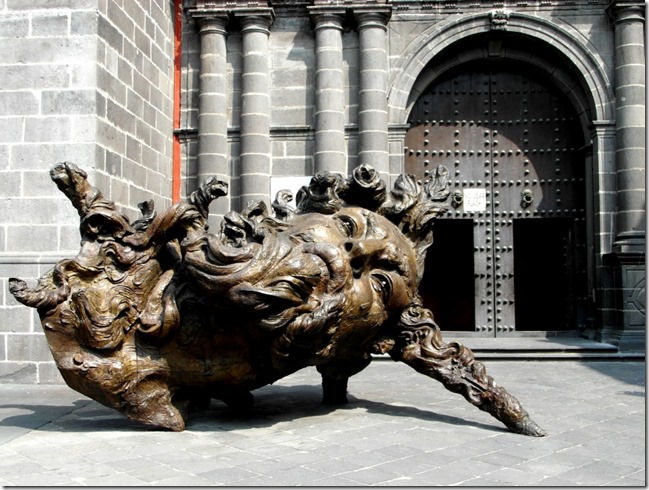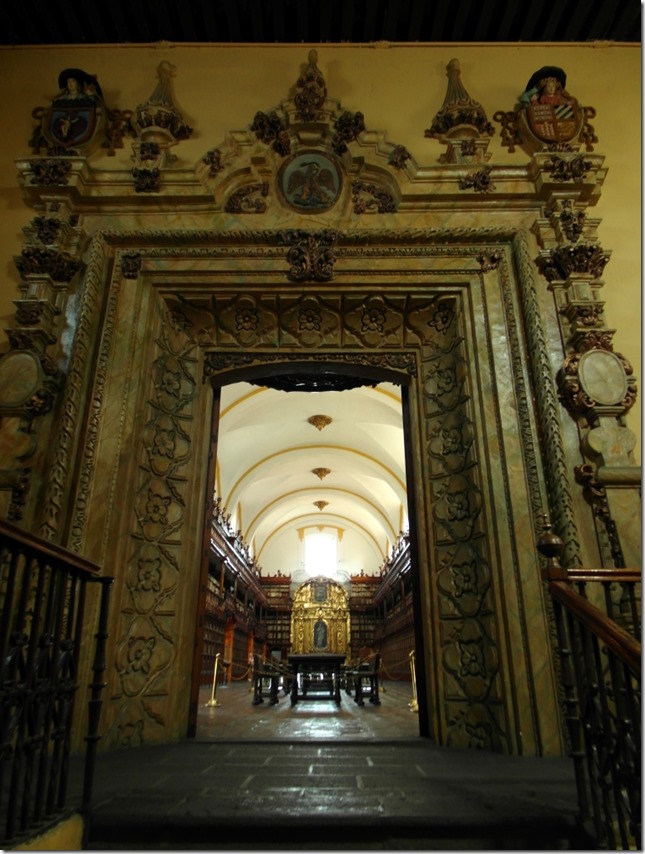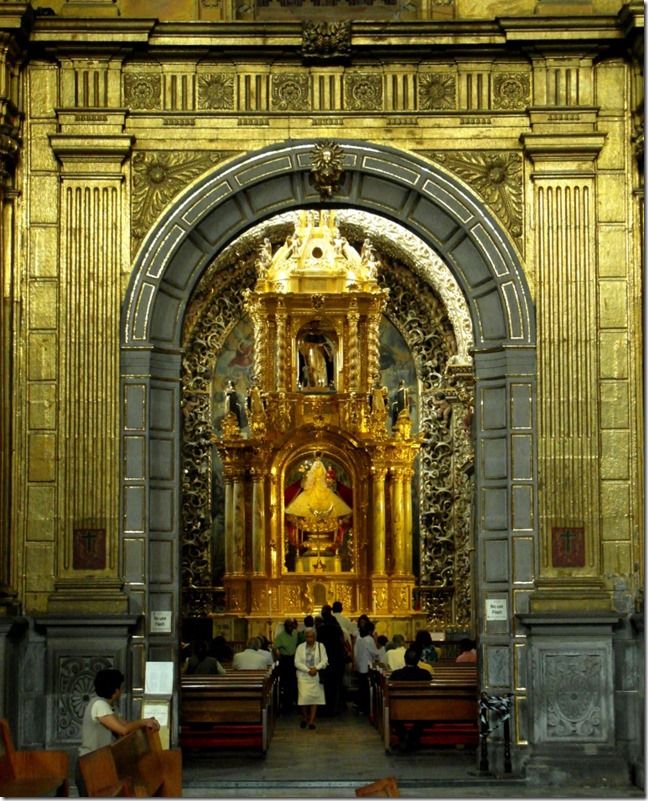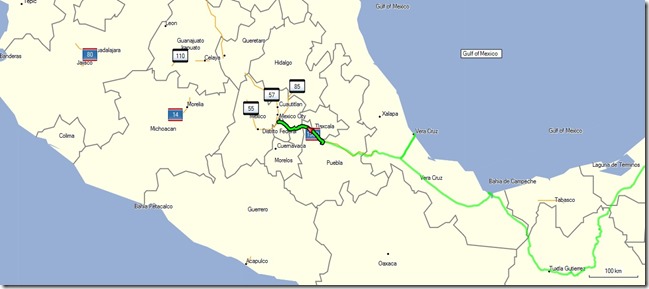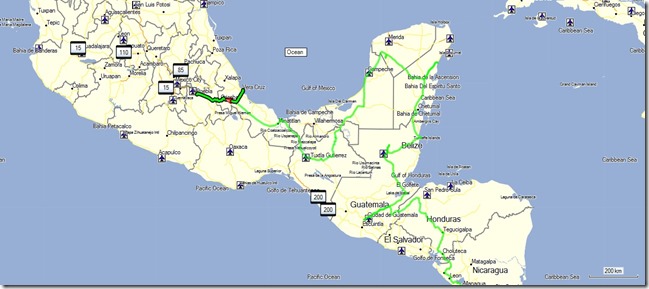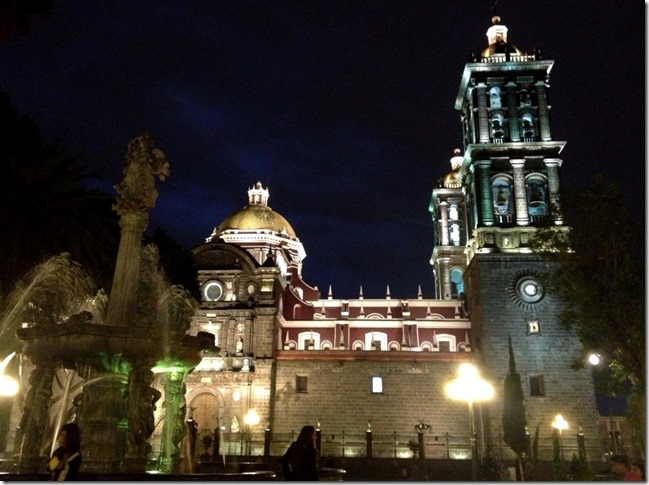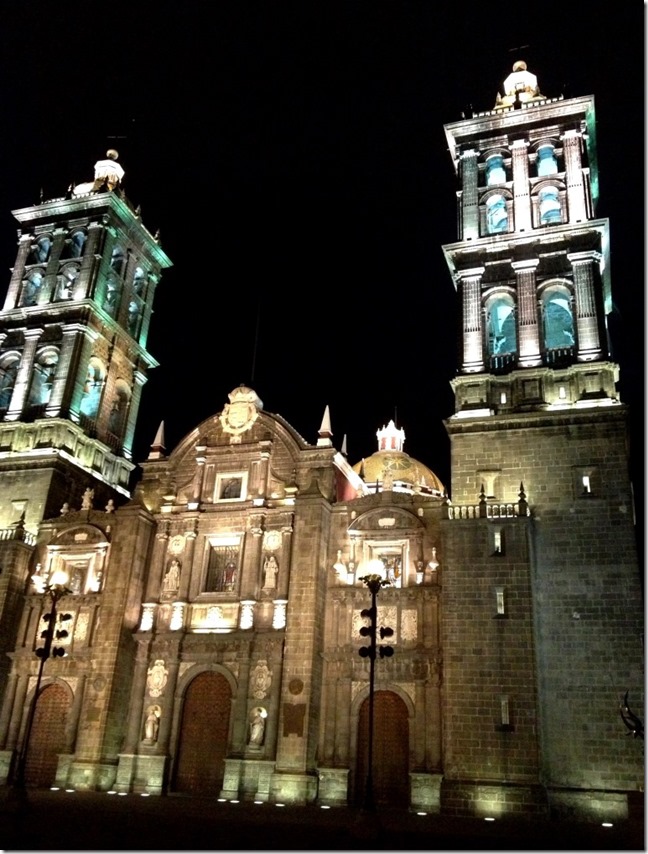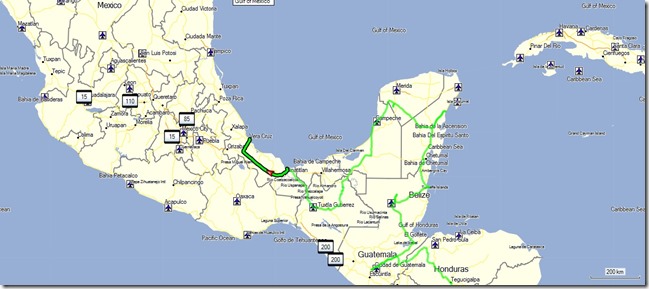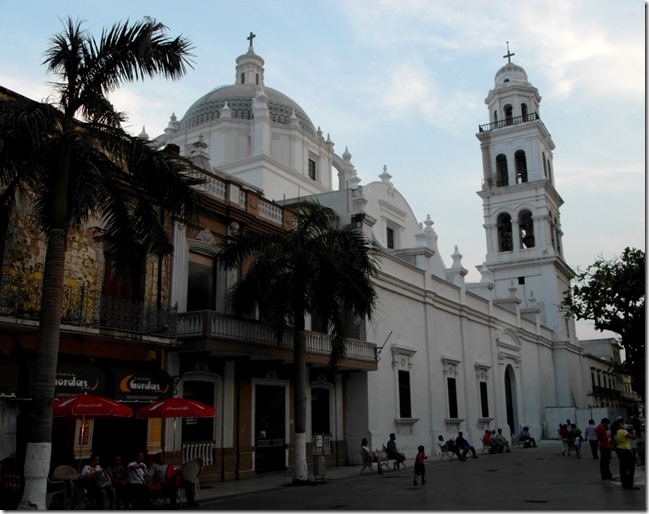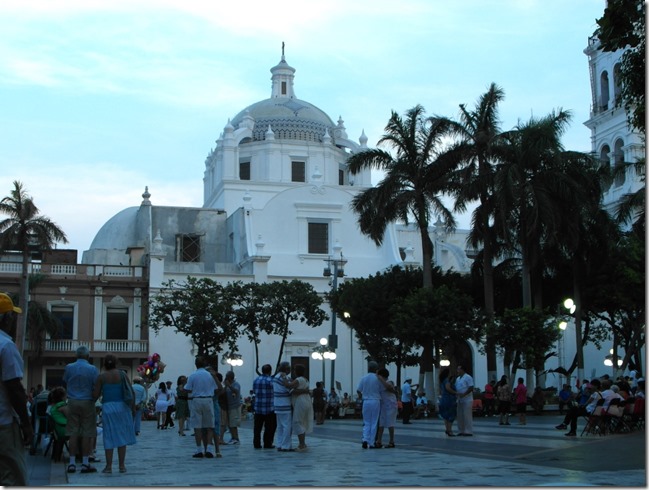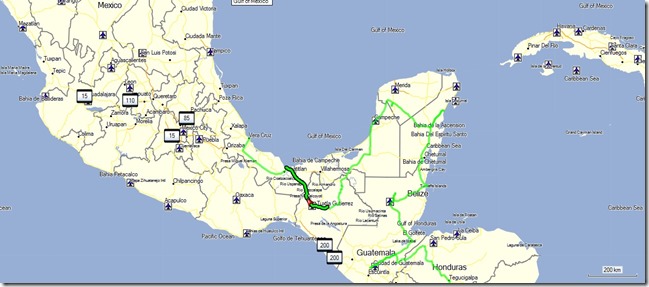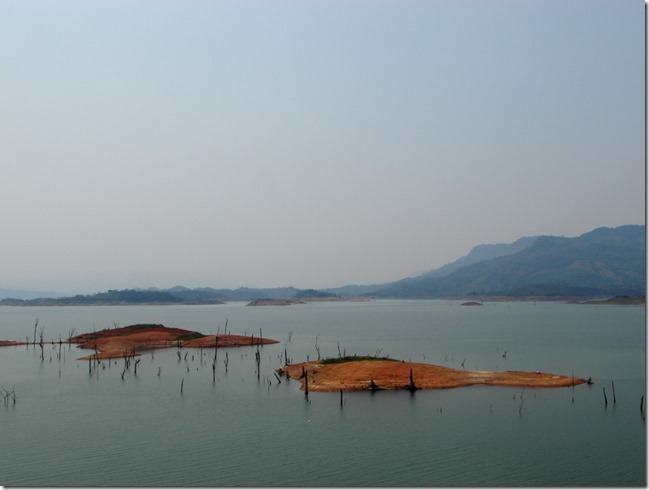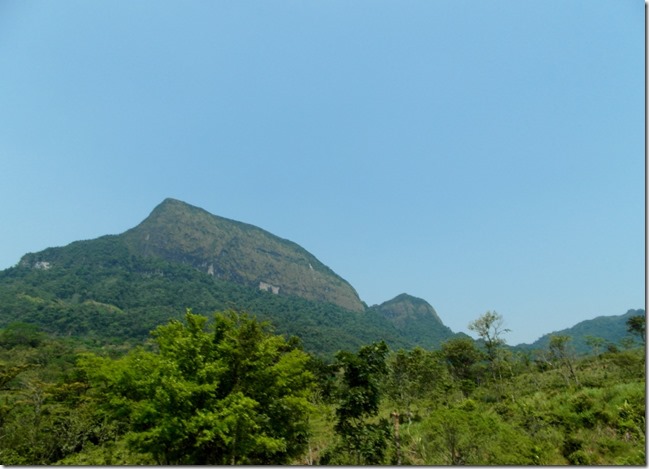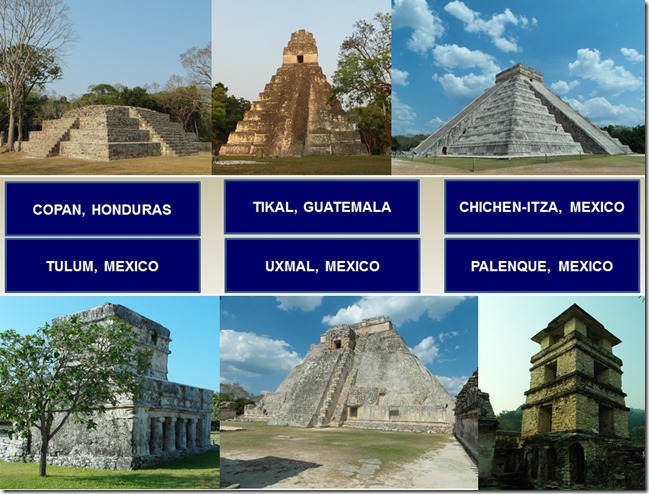Today was the first of 2 days that we are staying in Mexico city so we decided to grab the common red “hop on, hop off” buses that enables one to see a big chunk of the important sites of the city whilst also being provided with a history lesson on this fantastic place.
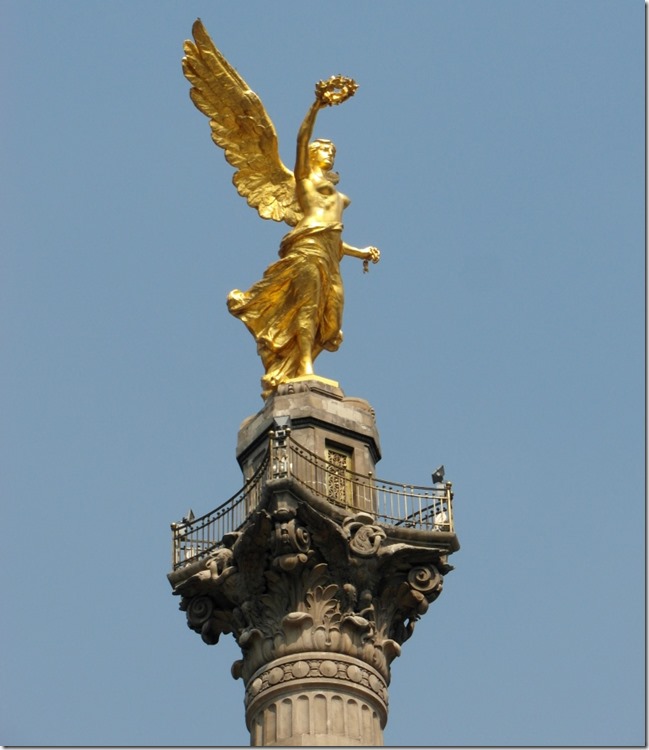
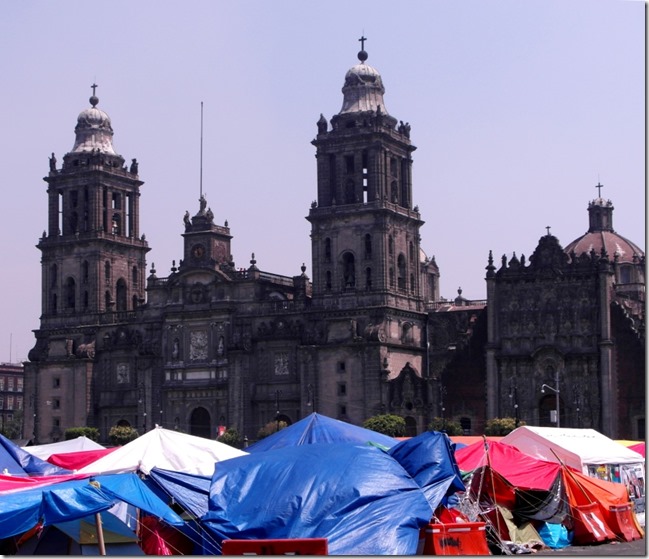
The main church on the Zocalo in front of the presidential palace with the teachers union camped out in front protesting some amendment to the laws which according to them, will affect them adversely!
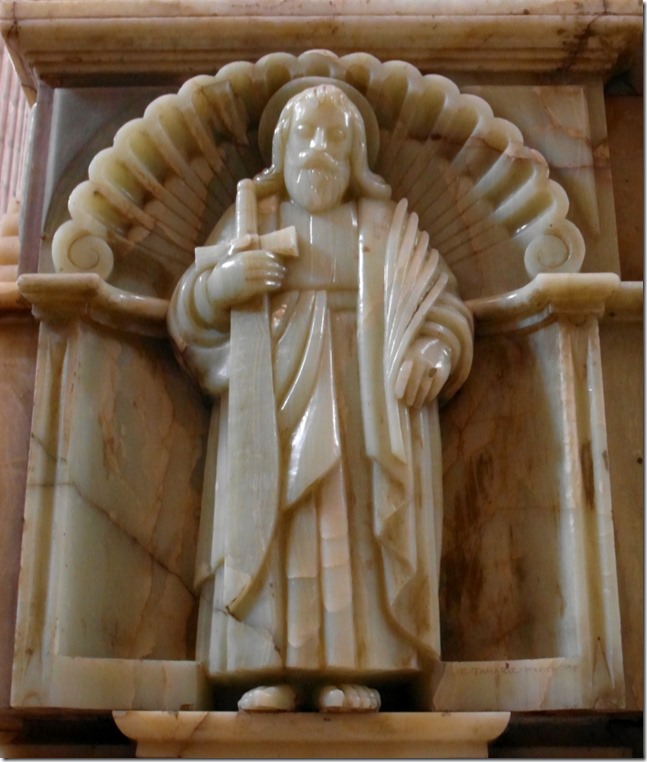
Detail inside the church..
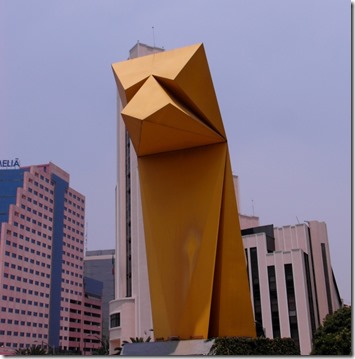
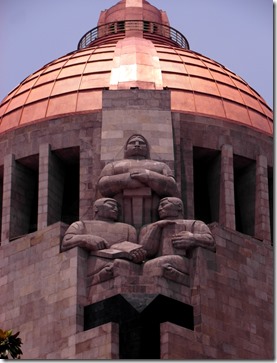
Some modern art and buildings mixed in about the beautiful older buildings of this great city….
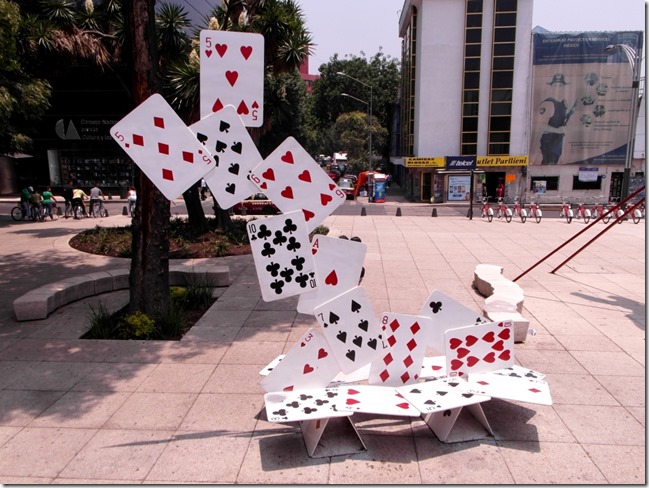
On route we decided to visit the Anthropological museum which is one of the largest I have ever been to but unsurprising considering the vastness and age of the myriad of cultures and tribes within Mexico.
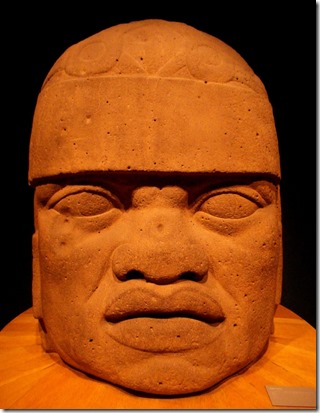
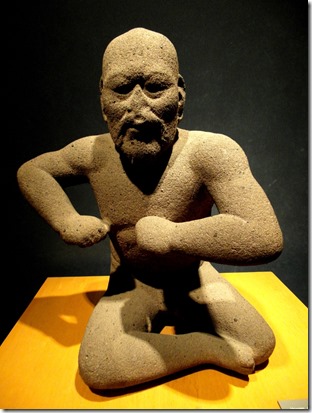
Colossal Olmec head on the left which stands about 2m tall and warrior. These date back to approx 1500BC and the Olmecs are considered to be the mother civilisation for all of the Mesoamerican tribes!!
Mexico is a real smorgasbord of politics. Much like SA, there are a number of different tribes albeit Indian in this case and up to 500 years ago there was much warring and competition for land and resources. Then the Spanish arrived with their old world style of manipulative politics and although they were only a small group of some 500 men, they managed to conquer the entirety of South and Central America and Mexico and they managed to do this by not arguing with the idea that they were “white Gods” and by convincing certain tribes of wealth, freedom from domination from other, stronger tribes and manipulating these tribes to act for and with them when in need of slaves or warriors to carry out their intended strategies. As if 300 years of Spanish domination weren’t enough, when Mexico finally got its independence on 1810 it was a vast country stretching from the south eastern border of Guatemala right up to and including the US States of Arizona, Texas, California etc and super rich in resources which resulted in a number of parties wanting a slice of the cake. The country was just too vast for the inexperienced and young government to manage, so the northern states felt neglected and wanted independence which the US offered, albeit under the guise of one of the states of the USA.
According to Wikipedia, “The United States War Against Mexico, was an armed conflict between the United States and Mexico from 1846 to 1848 in the wake of the 1845 U.S. annexation of Texas, which Mexico considered part of its territory despite the 1836 Texas Revolution. Combat operations lasted a year and a half, from spring 1846 to fall 1847. American forces quickly occupied New Mexico and California, then invaded parts of Northeastern Mexico and Northwest Mexico; meanwhile, the Pacific Squadron conducted a blockade, and took control of several garrisons on the Pacific coast further south in Baja California. Another American army captured Mexico City, and the war ended in victory for the U.S. The Treaty of Guadalupe Hidalgo specified the major consequence of the war: the forced Mexican Cession of the territories of Alta California and New Mexico to the U.S. in exchange for $15 million. In addition, the United States assumed $3.25 million of debt owed by the Mexican government to U.S. citizens. Mexico accepted the loss of Texas and thereafter cited the Rio Grande as its national border.“ So effectively US$18.25m which calculated to today assuming an annual inflation rate of say 4% means that the cost today would be about US$294 Billion which is nothing to scoff at but a pittance in retrospect compared to just the Texan resources alone never mind everything else that came with it.
To add to the pressure, “the Franco-Mexican War, was an invasion of Mexico by the Second French Empire, supported in the beginning by United Kingdom and Spain. It followed President Benito Juárez‘s suspension of interest payments to foreign countries on 17 July 1861, which angered Mexico’s major creditors: Spain, France and Britain. Emperor Napoleon III of France was the instigator, justifying military intervention by claiming a broad foreign policy of commitment to free trade. For him, a friendly government in Mexico would ensure European access to Latin American markets. Napoleon also wanted the silver that could be mined in Mexico to finance his empire. Napoleon built a coalition with Spain and Britain while the U.S. was engaged in a full-scale civil war.The three European powers signed the Treaty of London on 31 October, to unite their efforts to receive payments from Mexico. On 8 December the Spanish fleet and troops arrived at Mexico’s main port, Veracruz. When the British and Spanish discovered however that France planned to seize all of Mexico, they quickly withdrew.The subsequent French invasion resulted in the Second Mexican Empire, which was supported by the Roman Catholic clergy, many conservative elements of the upper class, and some indigenous communities; the presidential terms of Benito Juárez (1858–71) were interrupted by the rule of the Habsburg monarchy in Mexico (1864–67). Conservatives, and many in the Mexican nobility, tried to revive the monarchical form of government (see: First Mexican Empire) when they helped to bring to Mexico an archduke from the Royal House of Austria, Maximilian Ferdinand, or Maximilian I who was married to Charlotte of Belgium, who changed her name to Carlota when she and Maximillian were sent to Trieste. France had various interests in this Mexican affair, such as seeking reconciliation with Austria, which had been defeated during the Franco-Austrian War of 1859, counterbalancing the growing American Protestant power by developing a powerful Catholic neighboring empire, and exploiting the rich mines in the north-west of the country.”
I could spend hours talking about and pointing to historical resources about this fascinating place which makes it no surprise that it has such a deep and complex culture littered with as much ugliness and corruption as there is beauty and strength of human spirit!
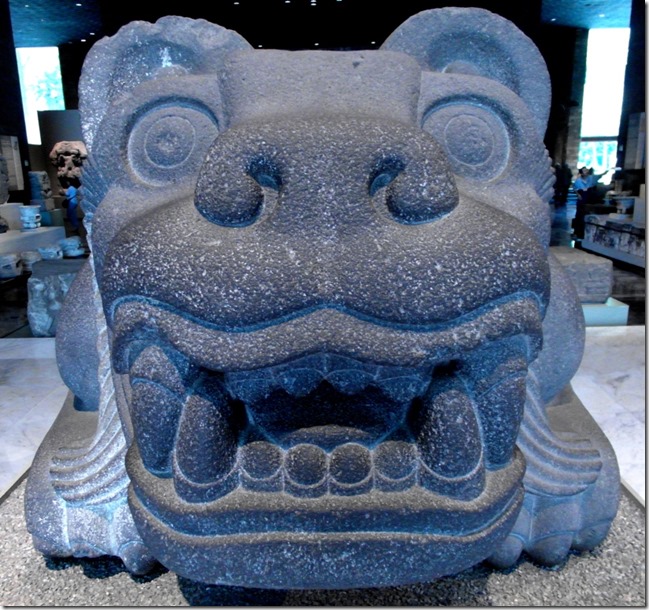
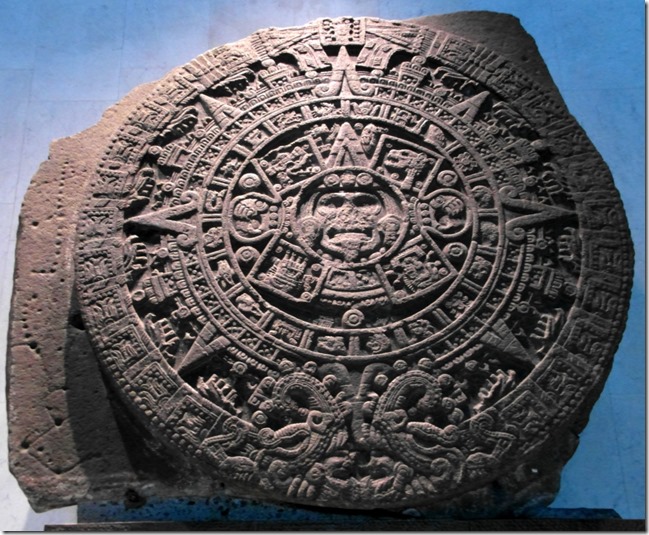
These two are Aztec creations from about 1400AD, the one directly above representing the Aztec calender.
Dinner was at a fantastic restaurant in the city followed by a nightcap at a jazz club!

